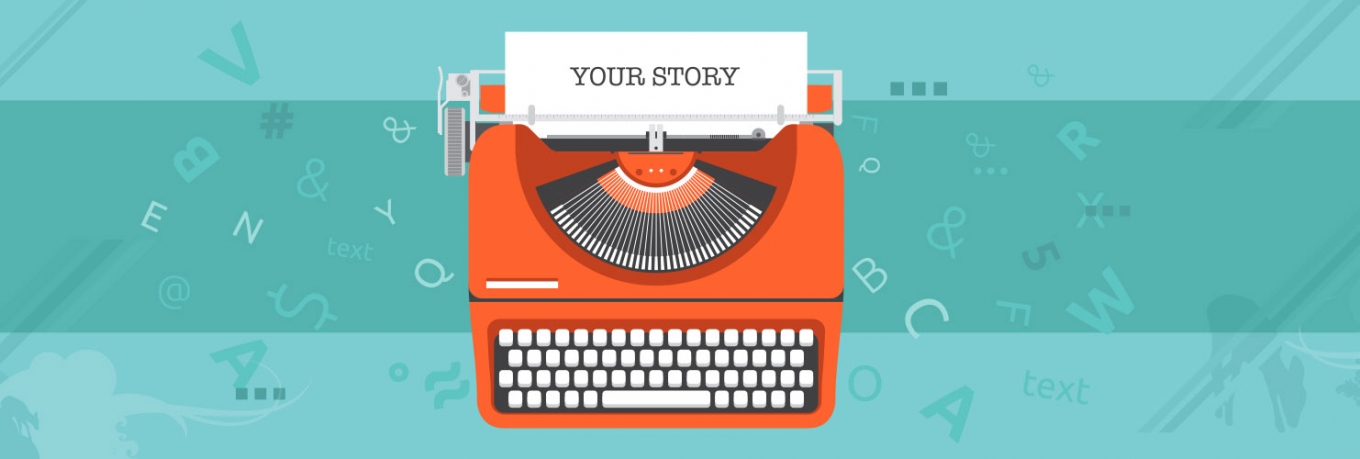The blank canvas can be a daunting sight.
As communicators, it’s one we’re faced with frequently.
Another day, another article… Where on earth to begin?
A little forward planning can be incredibly helpful when setting out the skeleton of your copy. Visualising your article and taking a stroll through your story before you begin will set you off on the right foot, providing clarityand direction and saving a lot of time. Starting with a trusted template and building in the elements of each section is one of the best ways to master content efficiency.
When you set out to write a new article, you’ll begin with a basic idea. Focus on your key message, your supporting points and how you’ll tie it all together. Think of it as a very basic first draft.
These points will help you to establish a reliable structure you can use time and time again.
THE START
On average, FIVE times as many people read the headline as read the body copy.
Your headline isn’t just the cherry on top – it’s the banana in your split. So take your time or leave it until last. Try jotting down a list of suggestions to return to later but don’t get too tied up with it yet.
Grab your reader’s attention with your opening paragraph.
This is what hooks your audience, persuading them to read on, so it needs to catch their attention. It should:
- Be short and to the point – around 100 words is ideal
- Tell the reader what the topic is and hint at what’s to come – clarity is key, keep it uncluttered
- Convey the essence of the story – be absolutely clear
- Say how the story will affect them – answer the ‘What’s in it for me?’ question
- Describe something new or interesting
Suggested ways to start include a brief summary of your main point, a statement or quote or an unusual or intriguing fact.
TOP TIP: It’s a good idea to begin with a short, one-line intro, before your first paragraph. This gives the impression that what’s to come is simple to digest, offering your reader a nice easy start.
THE MIDDLE
Your body copy expands on your introduction, providing the meat in your story sandwich.
You’ll be aiming for around 300-400 words max here so bear this in mind now (that’s around 4 or 5 average paragraphs).
Ask yourself what your audience needs or wants to know next. Start with putting the bare bones into a logical sequence. Write down your most important facts first and continue until you’ve included everything you want to convey. Your Who, Where, What, Why, When and How should be near the start.
Background info is important – if your article is an update or follow-up, don’t assume that your reader has seen it. Make this clear at the beginning with a short summary and suitable links.
Direct quotations can energise an article, personalising it and adding context. Your readers will become aware of the real people behind your story. So think about what quotes you have that will work well here.
TOP TIP: Try to naturally segment your text for flow and easy reading. Use bullets where possible, but be sparing, too many can be off-putting. Sub headings work well too.
THE END
Your closing paragraph will be a summary of your article, recapping the main points and concluding with clout.
Aim for impact and make it memorable. Another shorter quote often works well, reinforcing the main point of your story.
It should be no more than 100 words – a little shorter than your intro ideally.
Tie your conclusion to your intro without repeating yourself – they should complement each other.
Send your reader away with something new and if possible, use another bit of your best information.
TOP TIP: Many people decide to read a full article by checking the first and last paragraphs so this needs to be one of your strongest sections.
Following this methodical structure each time you start a new article will save you a lot of time and energy. Make it a scalable, repeatable habit to enhance your content creation.
















